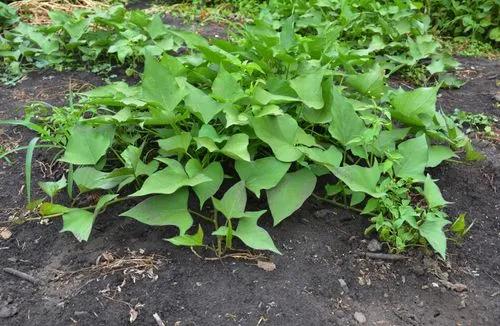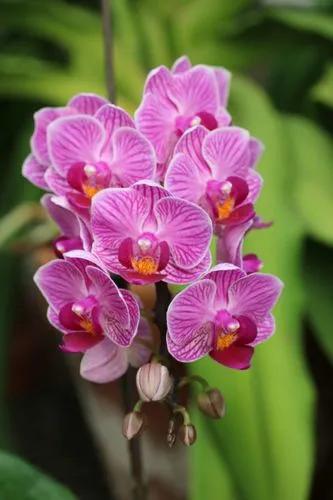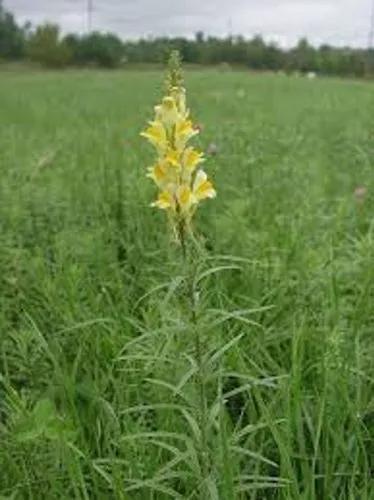Lathyrus latifolius, the perennial peavine, perennial pea, broad-leaved everlasting-pea, or just everlasting pea, is a robust, sprawling perennial in the Pea Family Fabaceae. It is native to Europe but is present on other continents.
Broad-leaved sweet pea Care
Lathyrus latifolius



Perennial sweet pea aka Lathyrus latifolius is a rhizomatous herbaceous perennial. The genus name comes from the Greek word for pulse or pea Lathyrus. Its specific species latifolius means “broad-leaved.” Everlasting pea climber has a trailing and climbing habit and grows to a height of 6′ to 9′ feet with a spread of 3′ to 6′ feet. When left to its own devices with nothing to climb, the plant will ramble as far as it can grow as a groundcover approximately 4″ to 8″ inches high. When it has support, it will climb to a height of 6′ to 9′ feet. The perennial sweet pea blooms from June through late September producing great masses of scentless blossoms. Its flowers are impressively showy in shades of white, pinkish purple and rose.
How to Care for the Plant

Water

Occasional deep watering of sweet peas is better than frequent shallow watering. shallow watering keeps the surface soil soggy and leads to damping off, the term for root diseases.

Pruning

It is important to never remove more than a third of the foliage in any one year and to cut just above a node on the stem.

Fertilizer

Use slow-release fertilizer for container plants. Avoid using too much fertilizer.

Sunlight

All plants require light for photosynthesis, the process within a plant that converts light, oxygen and water into carbohydrates (energy). Plants require this energy in order to grow, bloom and produce seed. Without adequate light, carbohydrates cannot be manufactured, the energy reserves are depleted and plants die. They need 12-14 hours of indirect sunlight.

Soil

Loamy soil is ideal for most garden plants because it holds plenty of moisture but also drains well so that sufficient air can reach the roots. Many gardeners complain of their garden soil being compacted and/or poorly drained.

Temperature

The plant prefers night temperatures that do not fall below 50°F during the growing season.

Container

Choose a pot with drainage holes, which also ensures potting soil doesn't stay too wet after watering your houseplants. The excess can freely escape out the bottom of the container, allowing oxygen to make its way to plant roots.

Popularity

1,805 people already have this plant 385 people have added this plant to their wishlists
Discover more plants with the list below
Popular articles






